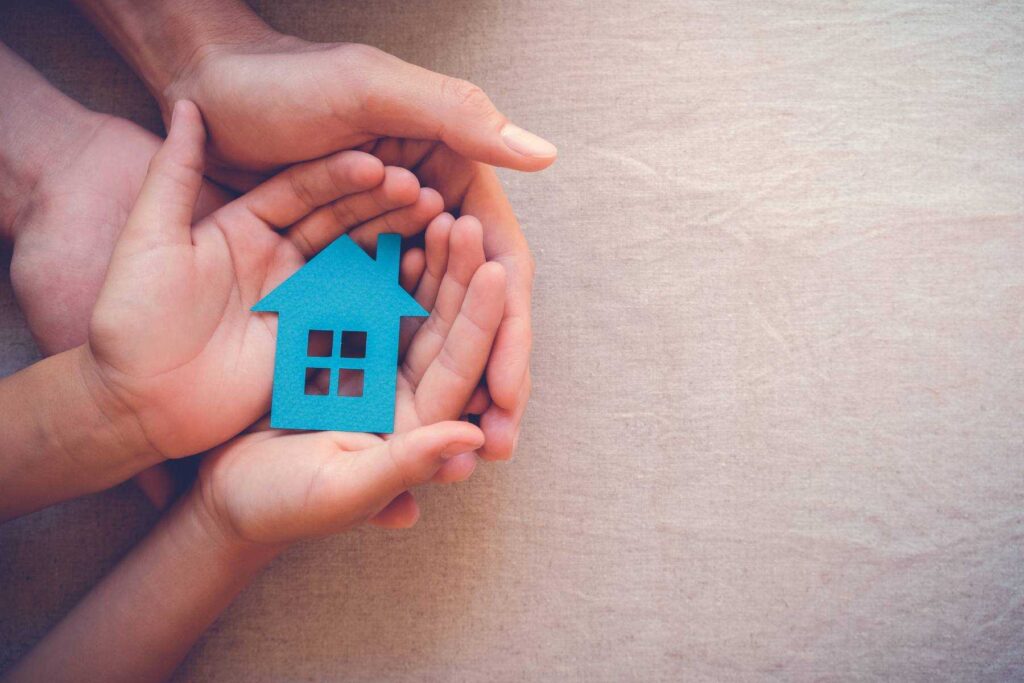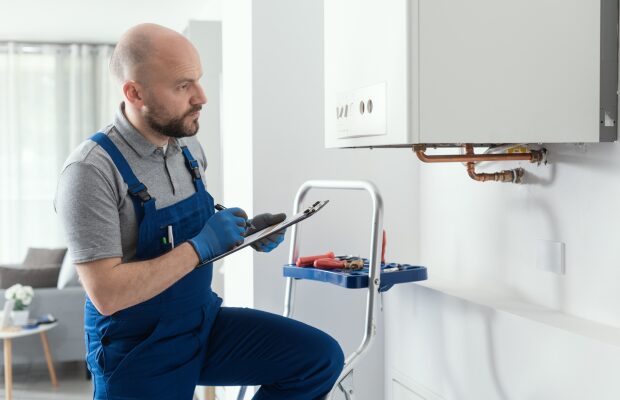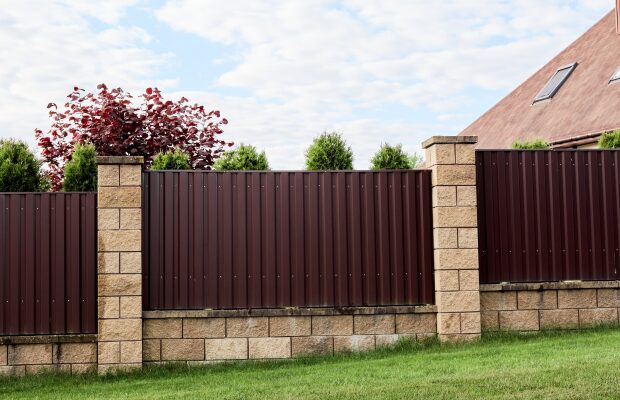Shared Ownership can be a great way for first-time buyers to get on the property ladder.
But there are pros and cons you’ll need to consider before committing to a Shared Ownership purchase.
In this guide, we’ll lay out all those advantages and disadvantages in more detail, as well as explaining exactly how the Shared Ownership scheme works…
What is Shared Ownership?
Shared Ownership allows first-time buyers and those who don’t own a property to buy
a share in a new-build or resale property and pay rent on the rest.
In most cases, you can buy a share of between 25% and 75%, but some homes are available to buy with as little as a 10% share.
Over time, you can buy more shares in the property, meaning your rent payments will go down.
How does Shared Ownership work?
When you buy a Shared Ownership property, you purchase a share in that home with a housing association owning the remaining share.
As well as your mortgage payments on the share you own, you’ll pay a lower-than-average rent on the share owned by the housing association.
That rent is usually around 2.75% of the property’s overall value, but this can vary slightly depending on the housing association.
Over time, you can purchase more shares in your property, which is known as ‘staircasing’.
In most cases, you can staircase your way to 100% ownership, in which case you’ll pay no more rent to the housing association.
Am I eligible for Shared Ownership?
To apply to buy a Shared Ownership property, you must:
- Be aged over 18
- Have an annual household income of less than £80,000, or £90,000 if you’re in London
- Not own a property, or be in the process of selling your existing home
- Either be a first-time buyer, or unable to afford to buy a property that meets your needs
- Have a strong credit history
- Have 5-10% of the share you want to buy as a deposit
Shared Ownership properties and stamp duty
If you need to pay stamp duty on a Shared Ownership home, you have two options:
- Pay stamp duty on the share you’re buying and then make further payments when you purchase more shares, but only when you own 80% or more of the property
- Pay stamp duty on the full value of the property up front, meaning you’ll have nothing more to pay if you buy more shares later
If you’re a first-time buyer purchasing a Shared Ownership property, you’re exempt from stamp duty on the first £300,000 of the property’s purchase price.
If you’re an existing or previous homeowner electing to pay stamp duty on the share you’re buying, meanwhile, and the share value is less than £125,000, you’ll pay no stamp duty up front.
Finally, in some cases, you may have to pay stamp duty on your annual rent to your housing association if the rent exceeds £125,000 over the term of the lease.
For more information on Shared Ownership stamp duty, which can be complicated, always speak to an independent financial or mortgage advisor.
How to sell a Shared Ownership home
How you sell a Shared Ownership property depends on how much of a share you own.
If you have staircased your way to 100% ownership, you’re able to sell your property on the open market as you would any other home.
However, if you own less than 100% of the property, you’ll need your housing association’s permission to sell.
Your housing association will have first refusal on purchasing the share you own, or a period of time to sell it to another Shared Ownership buyer.
If they are unable to find a buyer, you would be able to sell your share on the open market through an estate agent but would need to find a buyer who meets the Shared Ownership eligibility criteria.
The pros of Shared Ownership
There are a range of benefits that come with buying a Shared Ownership home:
- You’ll need a much smaller deposit than buying a standard home, as the deposit percentage will be on the share you’re buying rather than the property’s overall value
- The rent you pay will be much lower than the market rent for the area – usually 2.75% of the property’s overall value per year
- You may have a better chance of being approved for a mortgage if you earn a lower income, as you’ll be borrowing a smaller amount of money than if you were buying 100% of a property
- Staircasing is completely optional and owning a smaller share can protect you in a falling property market
- If you’re a new Shared Ownership buyer, your housing association should cover repair and maintenance costs at your property for the first 10 years
The cons of Shared Ownership
Although Shared Ownership offers many benefits, there are also a host of things you’ll need to think carefully about before you buy:
- Shared Ownership properties are leasehold, meaning annual ground rent and service charges may apply
- The smaller the share you own, the less you’ll benefit from any capital growth in the property over time
- Because properties are leasehold, you may need permission from the freeholder if you wish to carry out any major work
- If you decide to purchase additional shares, you’ll have to pay a fee to have the property valued, as well as legal costs and mortgage fees each time you buy
- When you buy an additional share, the price is based on the property’s current value, meaning you could pay more







